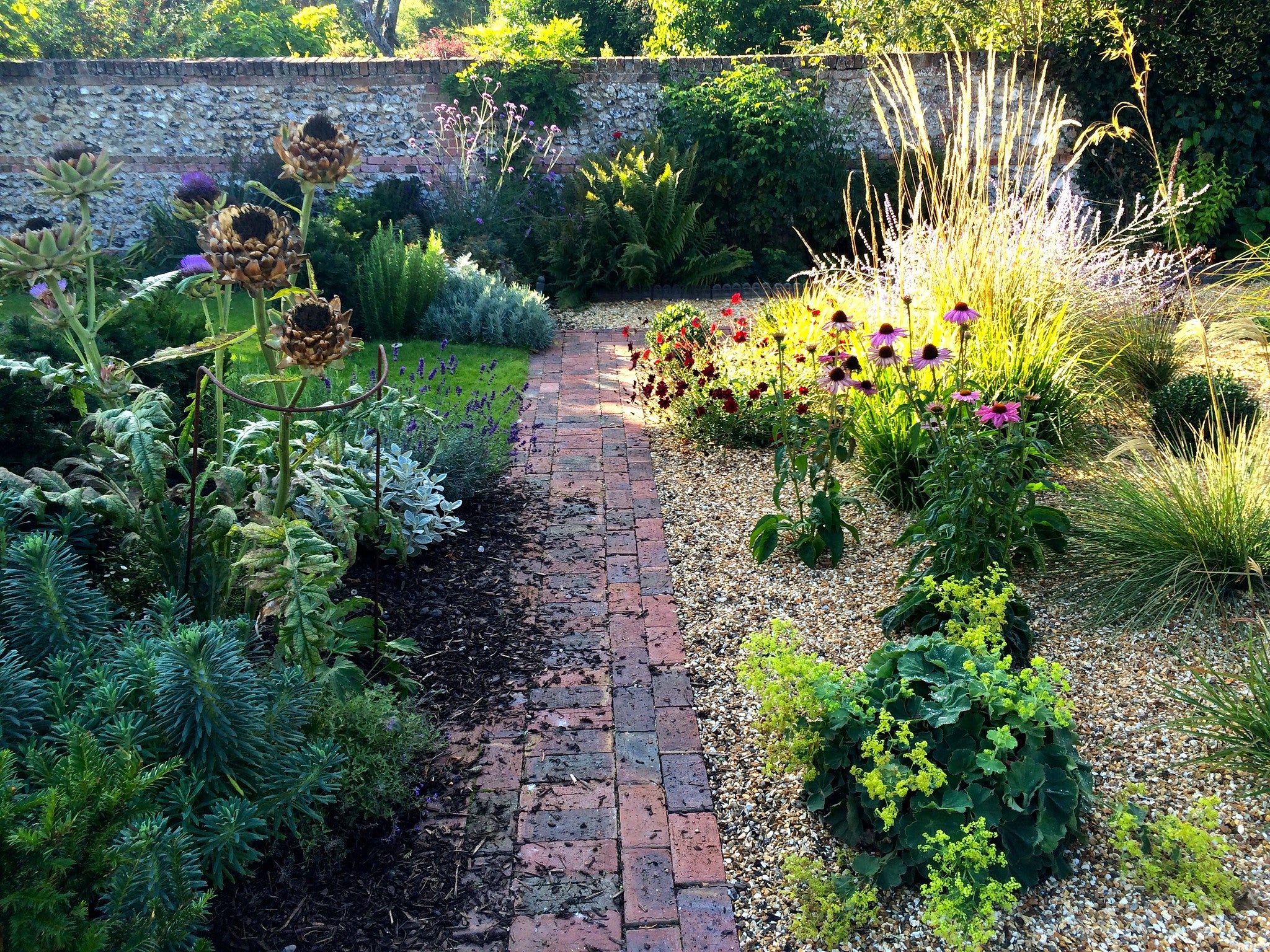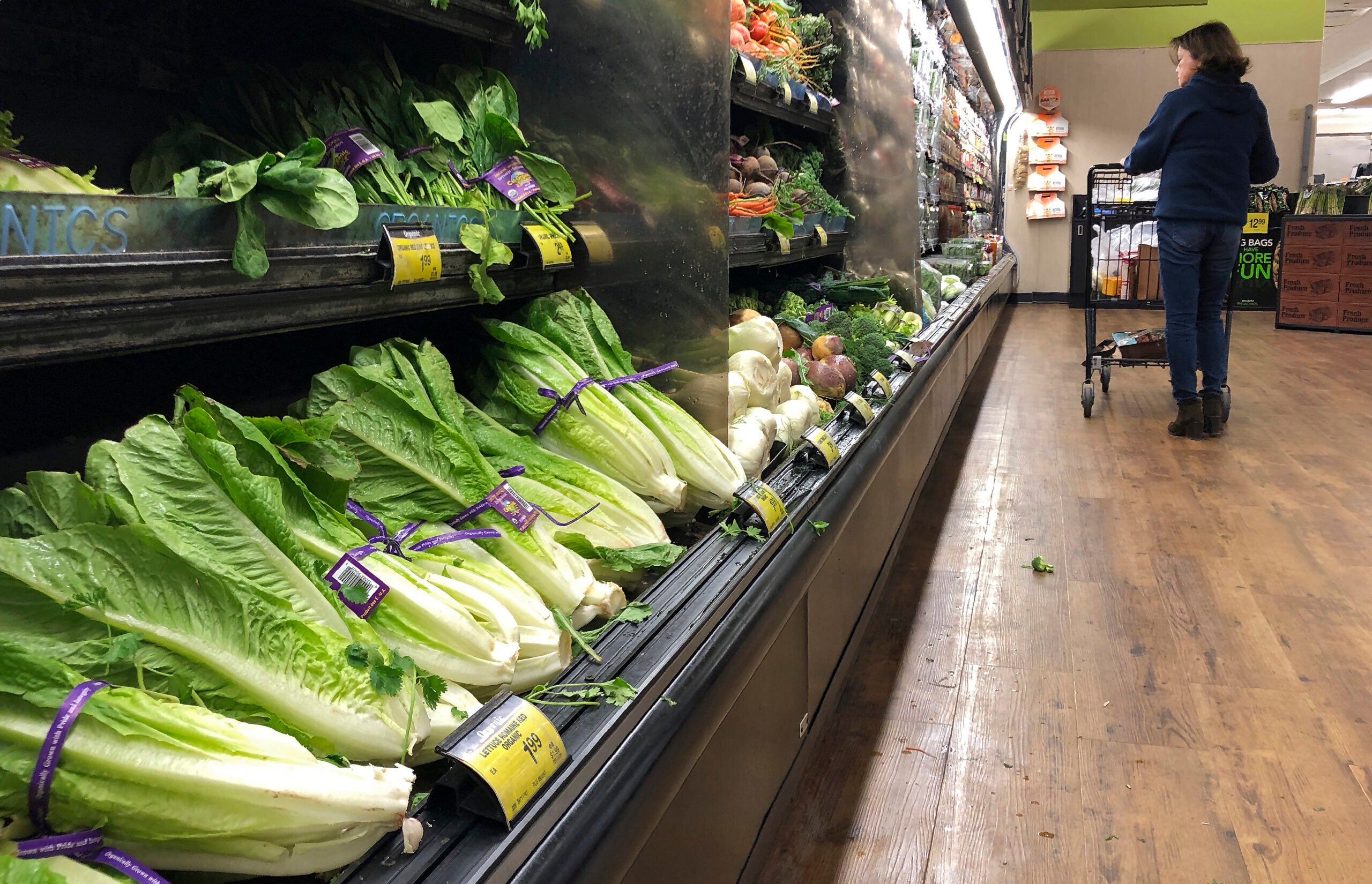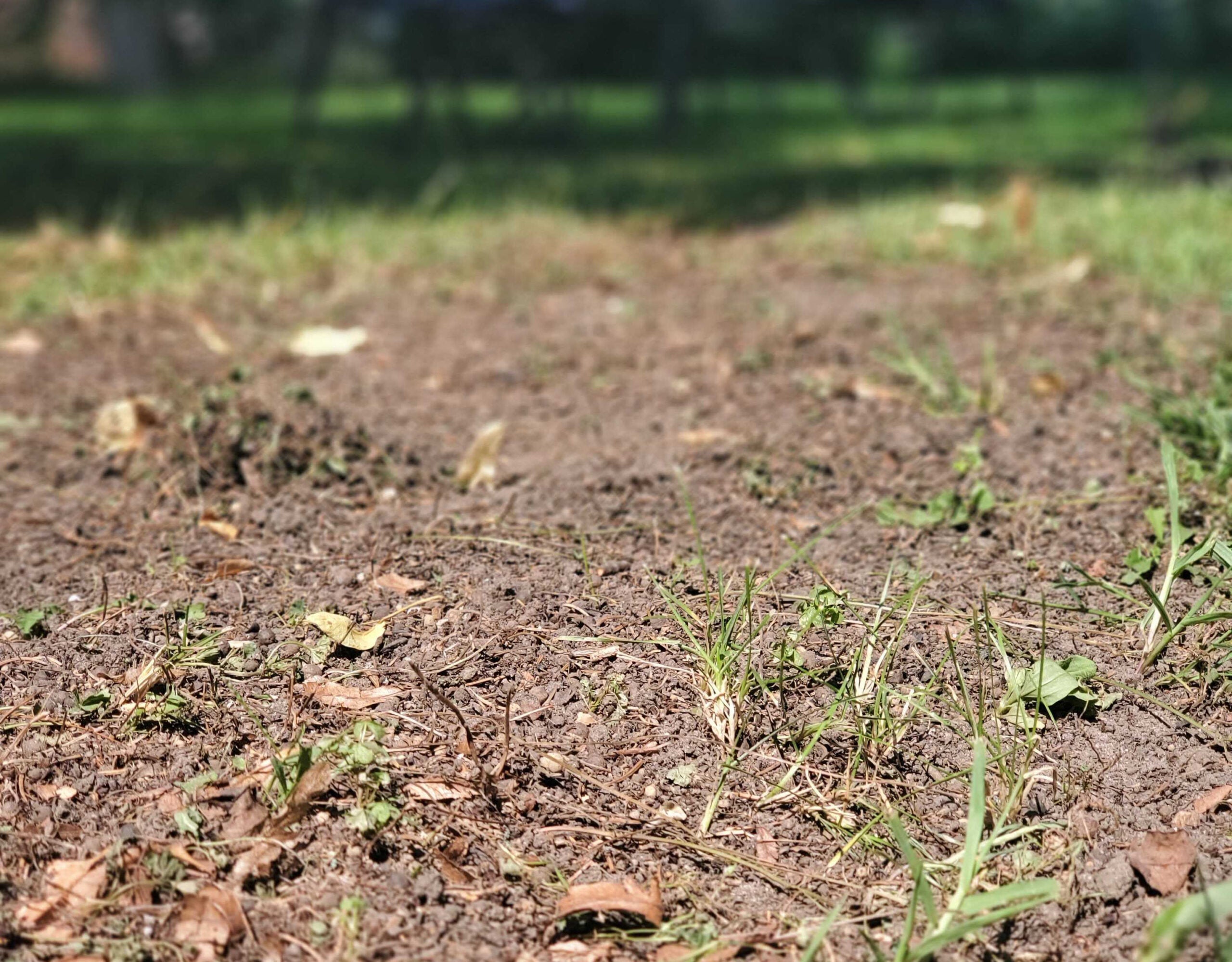Carnivorous plants are fascinating, whether it’sAudrey II from Little Shop of Horrors or a hungry venus flytrap. Judith Siers-Poisson learns all about those incredible specimens from the author ofthe new revised edition of “The Savage Garden: Cultivating Carnivorous Plants.”
Featured in this Show
-
Carnivorous Plants Can Be Grown In Wisconsin With Some Good Information, Attention
While carnivorous plants may seem very exotic, the continent with the most native species is actually North America. Peter D’Amato has been growing carnivorous plants for nearly forty years and his nursery, California Carnivores, houses the world’s largest collection of carnivorous plants. D’Amato is cofounder of the Bay Area Carnivorous Plant Society and lectures on the subject nationwide. Author of “The Savage Garden: Cultivating Carnivorous Plants,” D’Amato shares recommendations for growing Venus flytraps in Wisconsin. And that means knowing how to grow “about 80 percent of the carnivorous plants that are in cultivation” he says.
Venus flytraps are native to North Carolina, so they are plants used to a temperate climate. They experience frost and chill, and even occasional snow on the Carolina coast. Because they are used to a range of temperatures and the change of seasons, they will naturally go dormant. But D’Amato warns that leaving them outdoors in a pot is not a good idea, since they will be more vulnerable and likely won’t survive a winter in a place like Wisconsin.
For the growing medium, D’Amato recommends sphagnum peat moss that isn’t enriched with Miracle Gro fertilizer mixed with about twenty percent perlite, a small rock that people use for houseplants. The plants will require sunny conditions for growth, and people often over-estimate the sun in a particular area. “Many people try to grow carnivorous plants, like a flytrap, on bright windowsills or in the shade outdoors. That just won’t do it. Almost all carnivorous plants are sun lovers. “In a place like Wisconsin, the plants will be dormant in the wintertime, and the coldest time should be Thanksgiving to Valentine’s Day. Then, you can move the plant to a sunny windowsill. Or, once the frosts are over, you can grow Venus flytraps outdoors, in a partly to very sunny area.” D’Amato adds that the pots always need to sit in water, something that is not healthy for most plants. But these are wetland plants, most often coming from bogs, “so the soil always has to be wet.”
Venus flytraps are quite sensitive to minerals in water, so especially if you live in an area with hard tap water, you’ll need to use other sources. D’Amato suggests purified reverse osmosis water or distilled water instead. Collected rain water is another possibility. Most carnivorous plants prefer to get their nutrients from insects instead of fertilizer applied to the soil. That’s because they have evolved in ways to make up for growing in nutrient-poor soil. If you are growing them in a terrarium and can’t or would prefer not to deal with feeding them insects, a very dilute fertilizer sprayed on the leaves is a fair substitute.
Flytraps usually begin their growth period around March, and their big summer traps up by April or May and they stay through September. Then as the daily light shortens, they lose those big summer traps and their traps will be smaller as they prepare for winter.
If you’re growing your flytraps outdoors, October is a good time to move them inside, preferably to a chilly windowsill, perhaps one in the basement or partly heated porch. You want to make that move before any freezes happen. Frost is actually pretty good for them, but they can’t take sustained low temperatures.
D’Amato says that “if you’re able to grow flytraps like that, there’s a lot of other plants like American pitcher plants and sundews) … most of which really enjoy being outdoors in the wintertime.”
Another option for those of us in northern temperate climates is outdoor bog gardens. D’Amato recommends building one using a pool liner. You’ll want it to be a foot to a foot and a half deep, and filled with peat moss. With that kind of set-up, D’Amato says that we can even grow carnivorous plants that are used to a more southern climate. Once they go dormant, and get a snow cover over them, they will be well-enough insulated to overwinter. Some gardeners also add hay or burlap sacks as an extra protective layer over the top.
D’Amato’s California Carnivores site offers some great growing tips for a variety of carnivorous plants, including advice on soil, watering, light requirements, and more.
Episode Credits
- Judith Siers-Poisson Host
- Gary D'Amato Guest
Wisconsin Public Radio, © Copyright 2024, Board of Regents of the University of Wisconsin System and Wisconsin Educational Communications Board.




